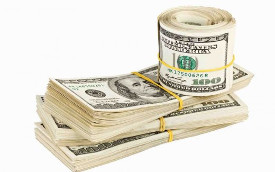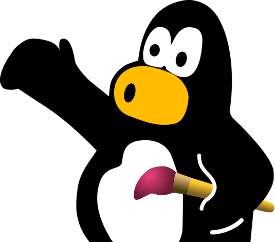FOSS Week in Review
It’s been a busy week for those in the FOSS realm — from sea-to-shining-sea, and even down South — with the Red Hat Summit going on in Boston, with Open Source Bridge in Portland, Oregon, and with preparations being finalized for the upcoming Texas Linux Fest in two months, among other things.
Let’s take these one at a time, shall we?
 Red Hat, Samsung Team Up: While there has been a lot of oooh-ing and ahhh-ing over what’s been coming out of the Red Hat Summit in Boston this week, probably the most intriguing news to come out of the proceedings is that Red Hat and Samsung Electronics America “announced a strategic alliance to deliver the next generation of mobile solutions for the enterprise,” according to Red Hat’s PR department.
Red Hat, Samsung Team Up: While there has been a lot of oooh-ing and ahhh-ing over what’s been coming out of the Red Hat Summit in Boston this week, probably the most intriguing news to come out of the proceedings is that Red Hat and Samsung Electronics America “announced a strategic alliance to deliver the next generation of mobile solutions for the enterprise,” according to Red Hat’s PR department.



 Ironically, this side door is intended to be a security door for third party add-ons that every Windows machine needs to keep it safe from cracker hackers — if that’s indeed possible. And this security tool is usually more trusted by Microsoft system admins, especially those outside the U.S., than Windows itself.
Ironically, this side door is intended to be a security door for third party add-ons that every Windows machine needs to keep it safe from cracker hackers — if that’s indeed possible. And this security tool is usually more trusted by Microsoft system admins, especially those outside the U.S., than Windows itself.
 The only sad part of the story, at least so far, is that the United States has stubbornly dug in her heels. She has chosen to pay homage to the Microsofts and the Apples in our nation. We remain as one of the only nations in the world that openly shuns FOSS in the enterprise. We not only shun it, we work directly against it in the halls of our Senate. That’s due to one simple thing.
The only sad part of the story, at least so far, is that the United States has stubbornly dug in her heels. She has chosen to pay homage to the Microsofts and the Apples in our nation. We remain as one of the only nations in the world that openly shuns FOSS in the enterprise. We not only shun it, we work directly against it in the halls of our Senate. That’s due to one simple thing.

 I participate in a group of professional penetration testers (the nice folks who help you test your security as if they were the bad guys) called
I participate in a group of professional penetration testers (the nice folks who help you test your security as if they were the bad guys) called  FOSS Force has learned that Mageia will soon officially announce the release of the stable version of Mageia 5, most likely later today. According to a source within the organization, the ISO images were pushed to the distro’s main mirror at about 7 P.M. EST yesterday. According to our source, the developers are now just waiting for the images to be available on all mirrors before making the official announcement.
FOSS Force has learned that Mageia will soon officially announce the release of the stable version of Mageia 5, most likely later today. According to a source within the organization, the ISO images were pushed to the distro’s main mirror at about 7 P.M. EST yesterday. According to our source, the developers are now just waiting for the images to be available on all mirrors before making the official announcement.


 The Linux Foundation, ever in the forefront of shaping the future of Linux, has announced the 2015 Linux Training Scholarship Program, which aims to provide educational funds “to up-and-coming developers and sysadmins who show incredible promise…but do not otherwise have the ability to attend Linux Foundation training courses,” according to a page on the
The Linux Foundation, ever in the forefront of shaping the future of Linux, has announced the 2015 Linux Training Scholarship Program, which aims to provide educational funds “to up-and-coming developers and sysadmins who show incredible promise…but do not otherwise have the ability to attend Linux Foundation training courses,” according to a page on the 

